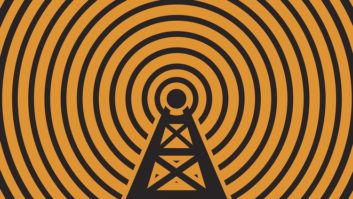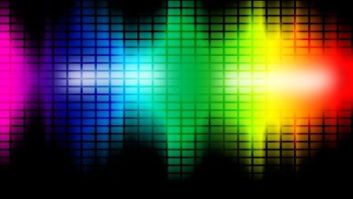10 years of progress
Jul 1, 2004 12:00 PM, Chriss Scherer, editor
The FCC just closed the window for comments regarding IBOC. In its quest for information, the FCC requested ideas relating to the use of AM IBOC at night, separate antennas for FM use and the general question if IBOC is in fact ready for prime time.
We have discussed IBOC for many years now. With the current questions on the table, I decided to look back at some of the ideas and concepts that were presented in 1994 to see how we have progressed on the matter. We have effectively narrowed the choices to a single system, but we don’t appear to be any closer to wide acceptance.
While the IBOC path was set earlier than 1994, publicized work in the early 90s was little more than a few demonstrations. The reports that I can find from these early demos all state that the tests went well. In some cases, there were reports of some problems with adjacent-channel interference to the IBOC signal. Today, adjacent-channel interference is still a concern, only now the concern is from the IBOC station interfering with the analog adjacent channel.
During most of 1994, the EIA and NRSC conducted an intense testing process at the NASA Lewis Research Center in Cleveland to evaluate seven systems providing nine modes. AT&T, TCE, USA Digital Radio and VOA/JPL gathered their systems to be evaluated. Of these, five systems produced IBOC signals (USADR, AT&T/Amati), one produced an IBAC (in-band adjacent-channel) signal (AT&T), one provided an L-band Eureka-147 signal (TCE) and one produced an S-band satellite signal (VOA/JPL).
In the end, all the IBOC systems present then have in some way contributed to the Ibiquity IBOC systems we are considering today, through AT&T rolling into Lucent, which then merged with USA Digital Radio to become Ibiquity.
Late in 1994, we reported that IBOC was likely the only available choice for a digital transmission system in the United States. The L-band spectrum was not available. The S-band spectrum had already been allocated for S-DARS, where Sirius and XM have been creating a strong presence in the past few years. These spectrum limitations are still true today. No new spectrum has been allocated, nor will it likely be.
The debate over IBOC is as strong as ever. Some openly embrace it and are ready to take the plunge. A highly vocal opposition cites the problems of adjacent-channel interference, a hard to justify return on investment and the inherent problems of any perceptually encoded digital audio. Still others mention the more recent introductions of DRM and Kahn’s yet-to-be demonstrated Cam-D.
Has progress been made? The short answer is yes. Ibiquity’s IBOC system can successfully produce a transmitted IBOC signal. There are some limitations that are being refined, such as the occupied spectrum mask and the capacity of the ancillary data, but the system is inherently future flexible. IBOC is a data path. In time the receivers will be flexible data receivers.
Today, IBOC has a strong foothold and it is moving forward, whether you support or it or oppose it.
The FCC’s inquiry for comments was a great opportunity for broadcasters to establish their own futures. Those who missed the opportunity to contribute must now live with what is provided.
Send comments to: E-mail:[email protected]
Fax:913-967-1905












